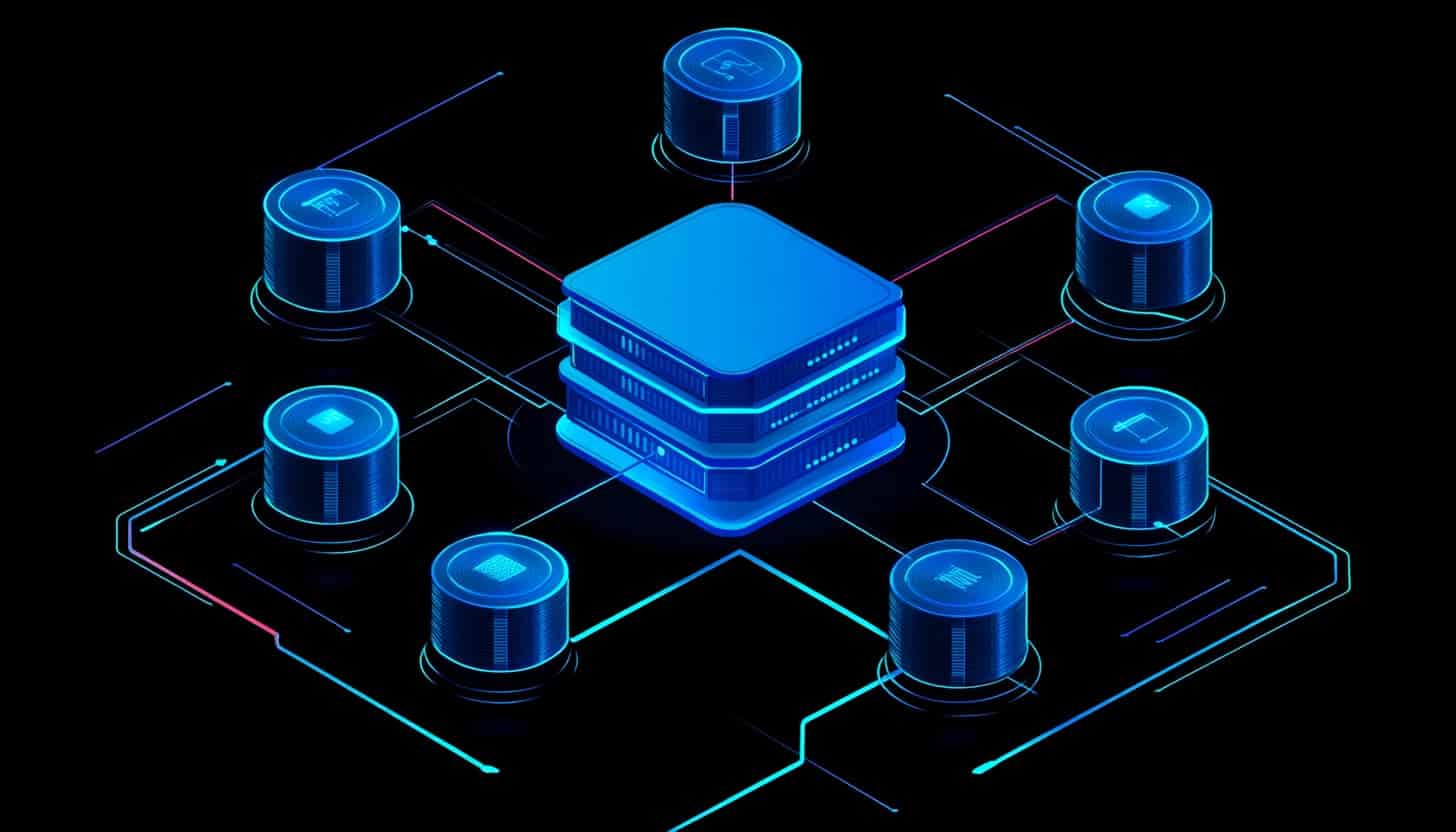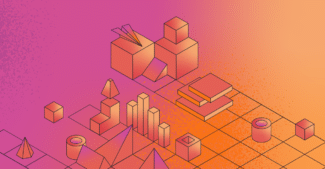In the evolving world of software development, the choice of database architecture can determine how well your system scales, performs, and adapts to growing demands. While monolithic databases have long served as the bedrock of application backends, modern systems are increasingly turning to distributed databases. But transitioning is not a step to take lightly. This article explores the when, why, and how of moving from a monolithic database to a distributed one.
Understanding the Monolith
A monolithic database is a single, centralized system that handles all read and write operations. It’s typically hosted on one machine or replicated in clusters but remains logically centralized. This approach works well for small to medium-scale applications:
- Simplicity: Setup and management are easier.
- Strong consistency: Transactions follow ACID guarantees.
- Mature tooling: SQL-based databases like PostgreSQL or MySQL offer powerful, well-known tooling.
However, monolithic databases have limits—especially under growing workloads, increased concurrency, or global user bases.
What Is a Distributed Database?
A distributed database spreads data across multiple machines (nodes), often in different geographic regions. Systems like CockroachDB, Cassandra, Amazon Aurora, Spanner, and YugabyteDB are popular options.
Key characteristics include:
- Horizontal scalability: Add more nodes to increase capacity.
- Fault tolerance: If one node fails, others take over.
- Geographic distribution: Serve users closer to their location.
- Eventual or tunable consistency: In exchange for better performance and availability.
Signs You’ve Outgrown a Monolithic Database
Not every project needs a distributed system. But here are some signs that it may be time to migrate:
1. Performance Bottlenecks
If your monolithic database can’t handle increasing queries, even after vertical scaling (adding CPU/RAM), you may need horizontal scalability, which monoliths struggle to offer.
2. Global User Base
Serving users worldwide introduces latency and legal concerns around data residency. Distributed systems let you replicate data near users and comply with regional regulations (e.g., GDPR).
3. High Availability Requirements
If your system must maintain uptime even during outages, a distributed system with built-in failover and replication can ensure minimal service disruption.
4. Microservices and Decentralization
In architectures where services evolve independently, distributed databases align better, allowing teams to own and scale their own data domains.
5. Data Volume Growth
As your dataset grows beyond the limits of a single machine (hundreds of GBs to TBs), sharding becomes necessary—either manually (in monoliths) or built-in (in distributed systems).
Benefits of Distributed Databases
Adopting a distributed database architecture brings several key advantages:
✅ Scalability
Horizontal scaling allows you to add resources incrementally instead of upgrading to more powerful and expensive hardware.
✅ Resilience
Built-in replication and redundancy mean your system can survive hardware failure, network partitions, and node crashes.
✅ Regional Compliance
Some systems let you control where data is stored, helping you comply with regulations such as GDPR or HIPAA.
✅ Performance
Serving data from the nearest region reduces latency, improving the user experience globally.
Common Pitfalls and Trade-offs
Distributed systems aren’t a silver bullet. Consider these trade-offs:
⚠️ Complexity
They are inherently more complex—both to manage and understand. Debugging issues across nodes is not trivial.
⚠️ Eventual Consistency
Not all systems offer strong consistency by default. Some distributed systems prioritize availability over strict data integrity.
⚠️ Higher Operational Overhead
Monitoring, logging, security, and scaling strategies must evolve. You need DevOps maturity to operate these systems effectively.
⚠️ Query Limitations
Some distributed databases limit SQL features or require data modeling trade-offs for partitioning, indexing, or joins.
Migration Strategies
Migrating from a monolithic to a distributed system is a major engineering initiative. You need careful planning:
1. Assess Your Needs
Don’t jump into distributed systems unless you’re truly hitting limits. Profile your current bottlenecks, latency, and fault tolerance needs.
2. Choose the Right System
Select a system based on consistency model, cloud compatibility, SQL support, and operational maturity.
- CockroachDB: Great for Postgres compatibility and geo-distribution.
- Cassandra: High write throughput, eventual consistency.
- Spanner: Global scale, strong consistency, Google Cloud only.
- YugabyteDB: PostgreSQL-compatible, strong consistency, open-source.
3. Adopt a Hybrid Approach
Start by offloading non-critical services or read-heavy workloads to the distributed system. Keep transactional cores in the monolith until proven.
4. Use Change Data Capture (CDC)
Tools like Debezium or native CDC features can help you sync data in real-time between monolith and distributed systems during migration.
5. Test for Failure Scenarios
Simulate network partitions, node failures, and replication lag. Use chaos engineering to validate resilience.
6. Update Application Logic
Refactor your app to accommodate latency, partitioning, and consistency trade-offs. Also ensure your team understands the distributed system’s behavior.
Real-World Use Case
Consider a SaaS product with customers in Europe, Asia, and the US. Their monolithic Postgres DB, hosted in Virginia, results in high latency for users in Japan. Maintenance windows also bring downtime.
By migrating to a distributed database like CockroachDB, they:
- Deploy multi-region clusters (US, EU, Asia)
- Store customer data in their respective regions (for compliance)
- Maintain strong consistency within each region
- Ensure 24/7 availability with no single point of failure
The migration took months, but the result was lower latency, increased customer satisfaction, and better compliance posture.
Final Thoughts
Moving from a monolithic to a distributed database isn’t a decision to make lightly. It’s driven by real-world demands: performance, scale, resilience, and global distribution. If your application is pushing the limits of a single-node database, it might be time to explore what distributed systems have to offer.
However, be cautious. These systems add operational complexity and require a well-trained team to manage them. Before you leap, assess your needs, pilot your strategy, and transition gradually.
Done right, distributed databases will give your product the resilience and scale it needs for the future.




